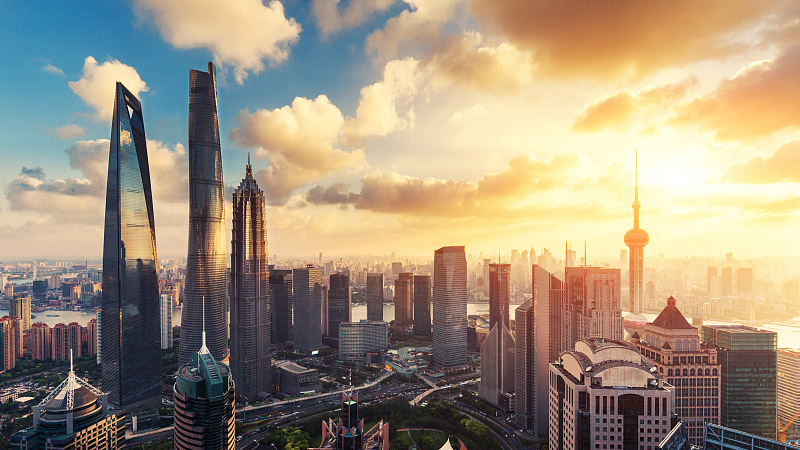
Business
15:05, 22-Aug-2018
The Shanghai Free Trade Zone is a big hit
Updated
14:54, 25-Aug-2018
By CGTN’s Hou Na
02:11

Over the past five years, more than a hundred innovative policies adopted by the Shanghai Free Trade Zone (FTZ) have been used for reference nationwide and its area has been enlarged to over 120 square kilometers. 10 more FTZs have sprung up across the country, inspired by the big hit of the Shanghai FTZ.
The negative list, for instance, was first tested in the Shanghai FTZ, and it has helped the government adjust its method of administrating foreign investment.
China’s revision of its negative lists has further widened market access in areas such as finance, transportation, energy, resources, agriculture, and culture.
The nationwide negative list has been cut to 48 items from 63, while the list for pilot free trade zones decreased to 45 items from 95, both of which came into effect at the end of July.
Meanwhile, Shanghai authorities unveiled 25 measures on June 21 to spur the financial opening-up of the city’s FTZ, including approaches to attract foreign-funded financial institutions and simplify the process for entry, and policies to recruit highly skilled workers, with aims to develop the FTZ into an international financial center.
To encourage a wider variety of foreign companies’ entry into the FTZ, overseas-funded banks, securities firms, fund management companies and futures corporations are encouraged to expand their businesses. Multinational asset management giants are likewise being urged to set up their regional headquarters in the FTZ.
Partnerships will in the meantime be built with foreign embassies, consulates and international economic organizations in Shanghai in an effort to attract global investors.
It is hoped the moves will offer highly-skilled foreign workers superior living and work conditions in the FTZ. Local life services catering specifically for foreigners in the area will be provided or improved. Healthcare, children’s education, and residences all fall under this category.

SITEMAP
Copyright © 2018 CGTN. Beijing ICP prepared NO.16065310-3
Copyright © 2018 CGTN. Beijing ICP prepared NO.16065310-3